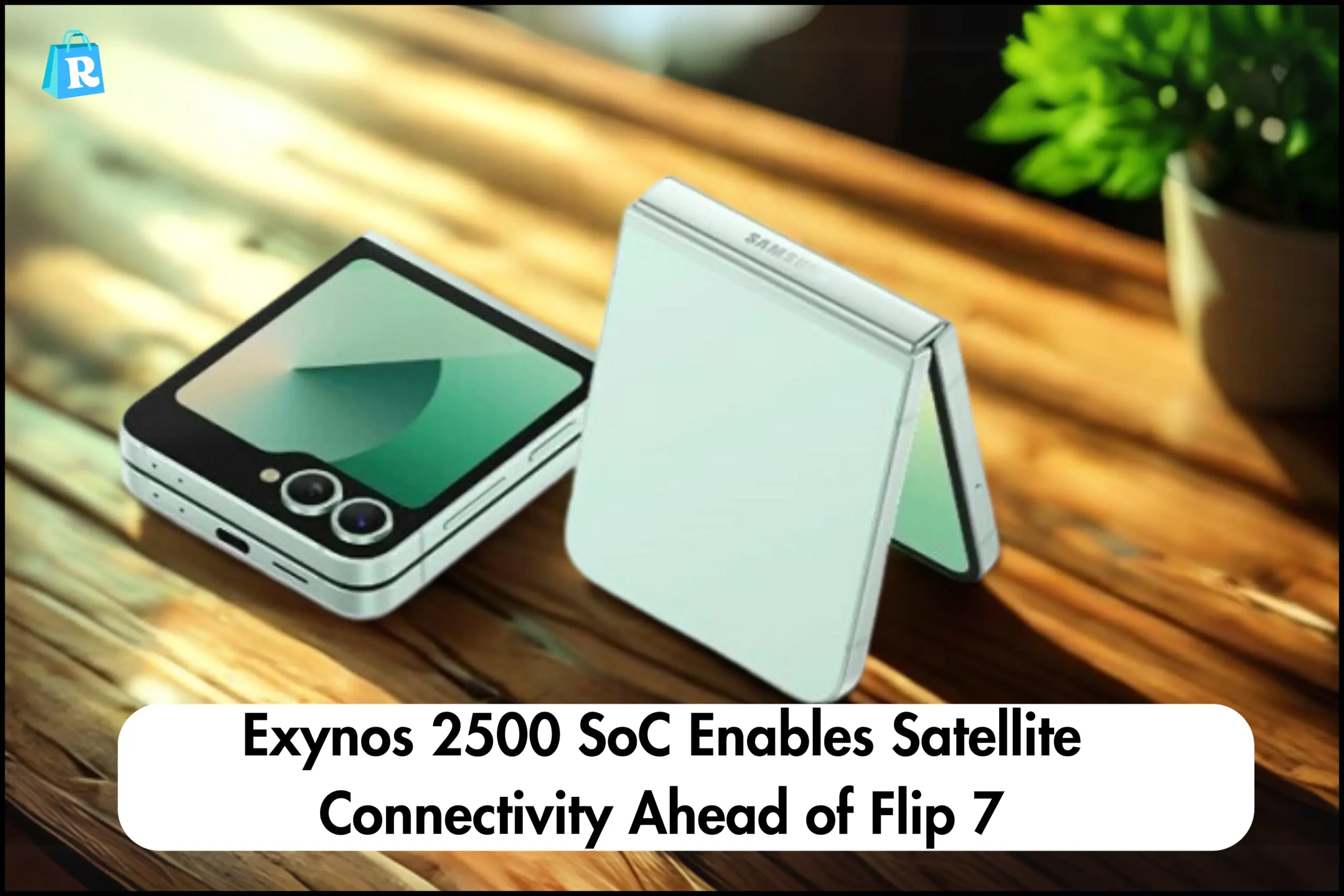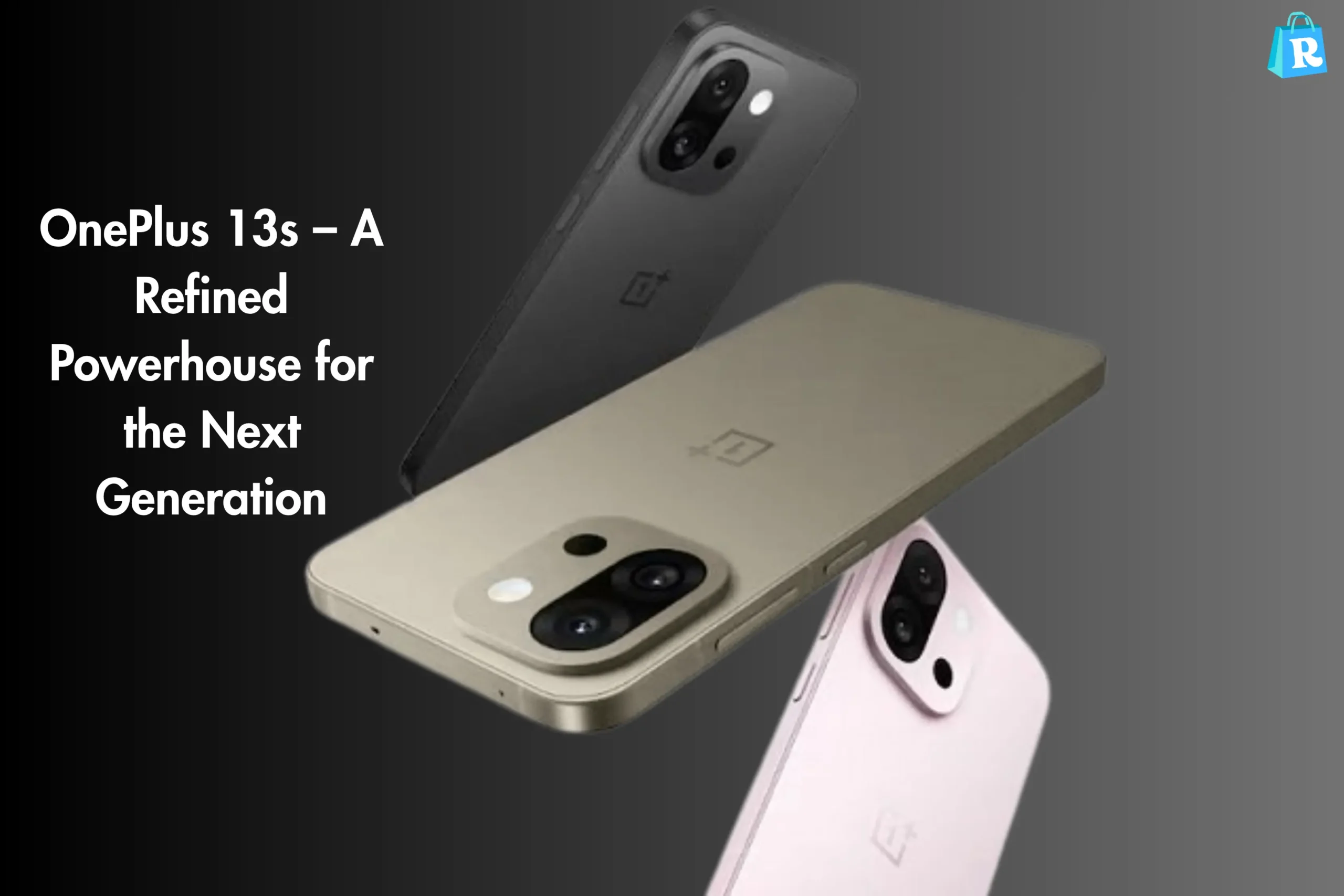Introduction
Samsung’s mobile strategy is set to encounter a major shift with the confirmed integration of satellite connectivity in the upcoming Exynos 2500 System‑on‑Chip (SoC), slated for launch alongside Galaxy Z Flip 7. This development isn’t just another line on a spec sheet—it could redefine how foldables handle emergency scenarios and remote usage, potentially expanding Samsung’s lead in mobile innovation.
Beyond its connectivity upgrade, the Exynos 2500 also represents Samsung’s most refined chip yet: built on an advanced 3 nm process, featuring a potent 10‑core CPU, AMD‑based Xclipse 950 GPU, and an ample 16 MB of L3 cache. These specs signal that Samsung isn’t merely experimenting—it’s strategically launching a flagship SoC tailored for foldables, beginning with the Galaxy Z Flip 7.
You’re about to dive into why the Exynos 2500’s satellite feature matters, how it stacks up other chips, and what it means for that upcoming flip foldable you can’t wait to get your hands on.
What Is Satellite Connectivity in Smartphones
Satellite connectivity allows devices to send and receive messages even where cellular service is absent—think mountains, deserts, or emergencies. The Exynos 2500 enables this thanks to support for the 3GPP Non‑Terrestrial Network (NTN) standard confirmed by satellite provider Skylo, which furnished the chipset with NTN certification.
This technology typically supports emergency SOS and texting to local authorities or loved ones, filling a critical gap in areas with no cellular coverage. Until now, brands like Apple and Motorola have included such features in a few phone models, but Samsung will mark a milestone by incorporating it into a foldable powered by its in‑house chip.
Exynos 2500: A Leap in Flagship Architecture
Fabricated with Samsung Foundry’s second‑generation 3 nm Gate‑All‑Around (GAA) process, Exynos 2500 features a ten‑core CPU design: one Cortex‑X925 “super core” clocked at 3.3 GHz, multiple Cortex‑A725 performance cores, and energy‑efficient Cortex‑A520 cores. Its GPU, the Xclipse 950, leverages AMD RDNA 3.5 architecture and is paired with 16 MB of L3 cache.
This refined architecture promises strong performance and energy efficiency—key for foldables where thermal limits are tighter and battery space is more constrained.
How the Chip Earned Certification
Surprisingly, the Exynos 2500’s satellite capability was confirmed not by Samsung, but by its partner Skylo, which publicly announced chipset certification for NTN compliance. Skylo is known for powering satellite features in Pixel and Galaxy S devices on Verizon, underscoring Samsung’s strategic extension into foldable devices.
This isn’t just speculation; it’s confirmation that satellite connectivity is not optional—it’s built into the SoC.
Performance on Paper vs Reality
On paper, the Exynos 2500 competes with Snapdragon and Apple chips, reportedly outperforming the A15 in early tests. But benchmarks tell a more nuanced story. A Geekbench result tied to a Galaxy Z Flip 7 shows single‑core scores around 2,012 and multi‑core about 7,563 —numbers that lag behind Snapdragon 8 Elite (~3,200 single, 10,223 multi) and even Apple’s A17 Pro.
Despite that, Samsung apparently tuned the silicon’s clock speeds lower to avoid overheating in the thin, foldable body . In real life, these trade‑offs often result in smoother sustained performance and better battery life—especially on devices with tight thermal envelopes.
Why Galaxy Z Flip 7 Is the Launch Vehicle
Earlier expectations placed the Exynos 2500 in the Galaxy S25, but yield problems at Samsung Foundry postponed its debut . Resolving these issues allowed the chip to debut instead in the Galaxy Z Flip 7, with a limited production run focused on foldables .
Folders require tight cost control and heat management, and Samsung appears confident the 2500 will fit those needs for this clam‑shell design. Reports suggest both Flip 7 and its Fan Edition will use Exynos, while the larger Z Fold 7 will stick with Snapdragon for higher compute demands .
Impact on Samsung’s Market Strategy
Using its own chip brings several advantages. First, the cost savings from internal silicon—especially when yield improves—makes commercial sense . Second, Samsung gains full control over feature integration, like embedding satellite modems directly into Exynos chips.
This step may signal a long‑term shift: Exynos could appear in more foldables and eventually phone flagships, depending on future yield and performance optimizations.
Comparison Table: Exynos 2500 vs Alternatives
| Feature | Exynos 2500 | Snapdragon 8 Elite | Apple A17 Pro |
|---|---|---|---|
| Process Node | 3 nm GAA (Samsung) | 4 nm TSMC | 3 nm TSMC |
| CPU Cores | 1xX925, 3xA725, etc. up to 3.3 GHz | 1x Cortex‑X4, 4xA720, etc. up to 3.3 GHz | 1x Avalanche, hybrid cores |
| GPU | Xclipse 950 (RDNA 3.5) | Adreno 750‑class | Apple‑designed GPU |
| L3 Cache | 16 MB | ~16 MB | ~18 MB |
| Satellite Support | 3GPP NTN via Skylo | Supports FR1 satellite modem | Custom satellite protocol |
| Geekbench Single‑Core | ~2,012 | ~3,200 | ~3,500+ |
| Geekbench Multi‑Core | ~7,563 | ~10,200 | ~13,000+ |
| Efficiency (Thin Devices) | Tuned for thermals in foldables | Powerful but thermally limited | High efficiency due to design |
| Launch Devices | Galaxy Z Flip 7, Z Flip 7 FE | Galaxy S25, Z Fold 7 (US/China) | iPhone 15 Pro line |
Key Features of Exynos 2500
The Exynos 2500 brings several standout features:
It enables satellite connectivity compliant with global 3GPP NTN standards, enabling message transmissions even with no cellular signal.
Built on Samsung’s second‑generation 3 nm GAA process, it improves power and performance density .
Its 10‑core CPU configuration paired with AMD‑based RDNA 3.5 GPU gives it significant compute and graphical punch.
The chipset includes a spacious 16 MB of L3 cache and can support high‑speed memory (LPDDR5X) and UFS 4.x storage.
Optimized for foldables with lower clocks and controlled thermals, improving real‑world stability and battery life.
Pros and Cons
Pros
• Enables emergency satellite messaging without cellular service.
• Built on advanced 3 nm GAA process for efficiency.
• High-end specs: Xclipse 950 GPU, 16 MB L3 cache.
• Integrated modem simplifies device design and potential costs.
• Thermally optimized for foldables.
Cons
• Geekbench scores remain behind Snapdragon 8 Elite and A17 Pro.
• Yield and production challenges delayed launch.
• Performance tuning may reduce peak speeds.
• Satellite support limited to messaging, not voice.
• Adoption limited to foldables, not mass market phones (yet).
What This Means for Galaxy Z Flip 7 Buyers
Prospective Flip 7 buyers gain access to cutting‑edge chip tech: better sustain‑performance, advanced graphics, and built‑in satellite backup. While some segments will face Snapdragon 8 Elite versions—primarily U.S., China, Canada—Samsung’s global embrace of Exynos reveals strong confidence in its silicon.
The satellite feature can be a life‑saving differentiator, especially for adventurers, travelers, or safety‑minded users. If you spend time off‑grid, Flip 7 becomes more than a foldable—it’s a connected safety device.
Satellite Connectivity: How It Will Work
While specifics remain scarce, expect the system to use low‑band frequency bands compliant with 3GPP NTN. Features likely include two‑way emergency texting (SOS), geolocation, and message relaying to authorities via apps. Integration could resemble Apple’s, which uses assistance interfaces to route satellite messages through partner services.
Samsung’s partnership with Skylo suggests a seamless backend integration—similar to what Pixel and Galaxy S users experience with Verizon’s satellite‑SOS. Whether Samsung expands this to multi‑carrier or global service remains to be seen.
12. Wider Implications for Samsung Ecosystem
The Exynos 2500 launch could signal broader changes ahead:
A push toward more in‑house chips in other device categories (phones, tablets, wearables).
Future Samsung SoCs may also support satellite use cases, including IoT and automotive.
Strategic independence from Snapdragon may improve supply flexibility and reduce costs.
Thermal‑focused tuning also hints at innovation in packaging and heat management that could be applied across Samsung’s foldable range.
FAQ
1. Will all Galaxy Z Flip 7 models use Exynos 2500?
Most global markets—including India and South Korea—will receive the Exynos‑powered version; however, U.S., Canada, and China models may ship with Snapdragon 8 Elite.
2. What exact satellite features will Flip 7 offer?
The SoC supports emergency‑only messaging based on 3GPP NTN. Details on two‑way texting, geolocation, or voice are not fully clear yet .
3. How does its performance compare to Snapdragon and Apple chips?
Geekbench scores (2,012 single / 7,563 multi) are below Snapdragon 8 Elite and Apple A17 Pro, but optimized clocks aim for sustained performance and thermal control.
4. Why was Exynos 2500 delayed from Galaxy S25?
Samsung experienced yield issues on early 3 nm wafers, delaying rollout. After resolving them, the company focused launch on foldables instead of S‑series.
5. Could satellite connectivity expand beyond Galaxy Z Flip 7?
Yes. With its foundation in 3GPP NTN, Samsung has laid groundwork to bring satellite features to other devices using Exynos SoCs in the future .
Conclusion
Samsung’s Exynos 2500 is a landmark in mobile chip design—not just for its 3 nm GAA process and CPU‑GPU architecture, but especially due to integrated satellite connectivity powered by 3GPP NTN. By embedding emergency messaging directly in silicon, Samsung adds real value to its foldable phones, particularly Galaxy Z Flip 7, starting this summer.
While benchmarks show room for performance improvements, Samsung seems to have optimally balanced peak speeds and thermal control. The use of Exynos over Snapdragon in the Flip line marks a strategic shift that could pave the way for broader deployment of Samsung‑built chips across its ecosystem.
This move makes Galaxy Z Flip 7 more than a fashionable foldable—it becomes a smarter, more resilient device for anyone seeking innovation and safety in one package.





